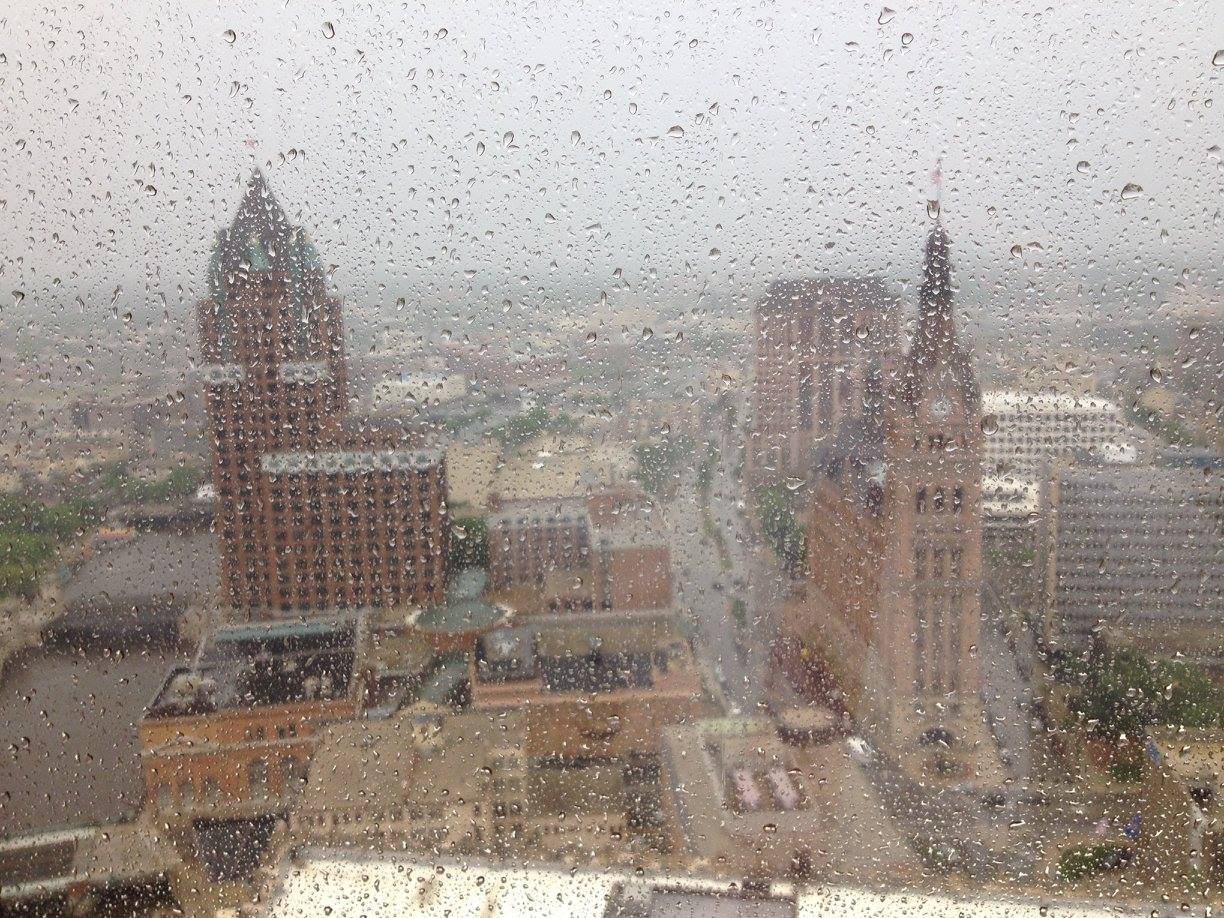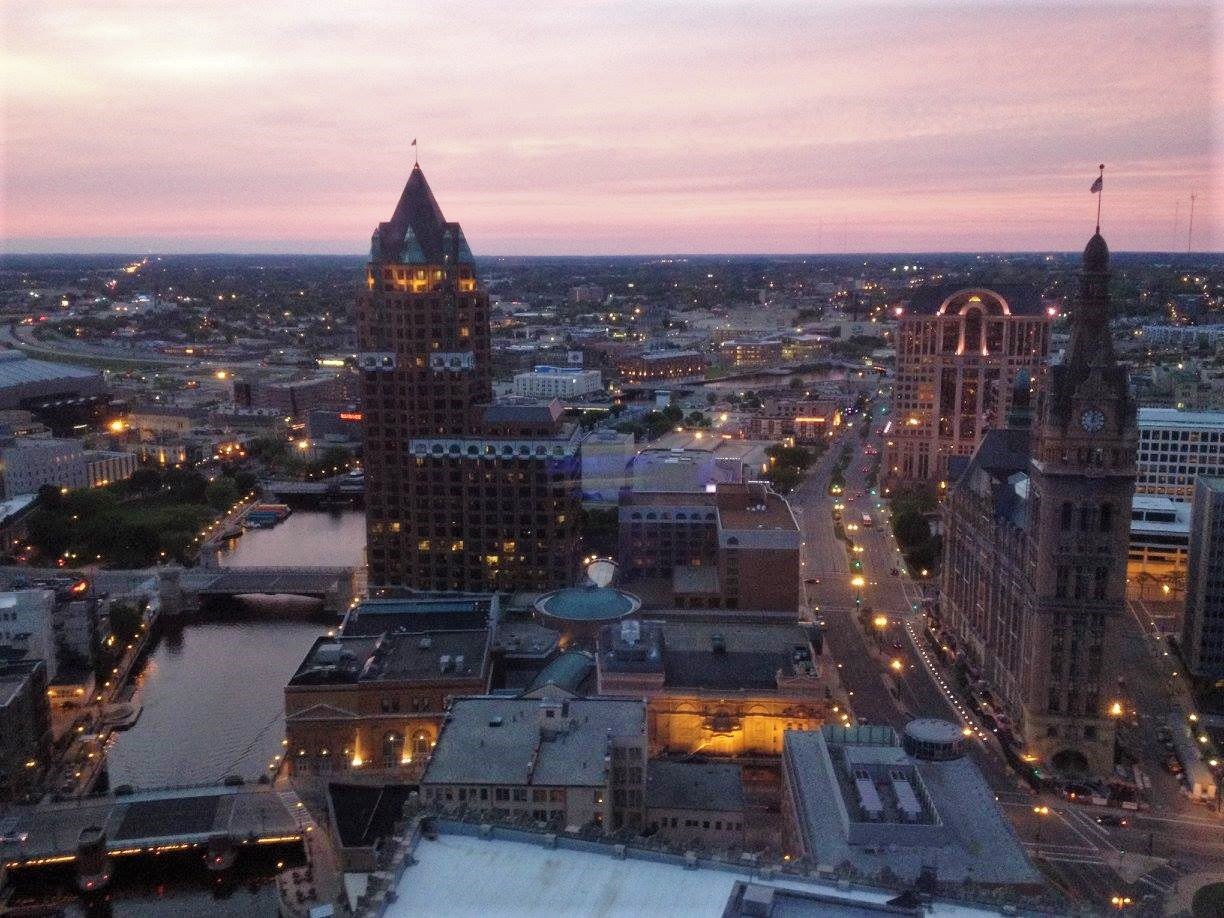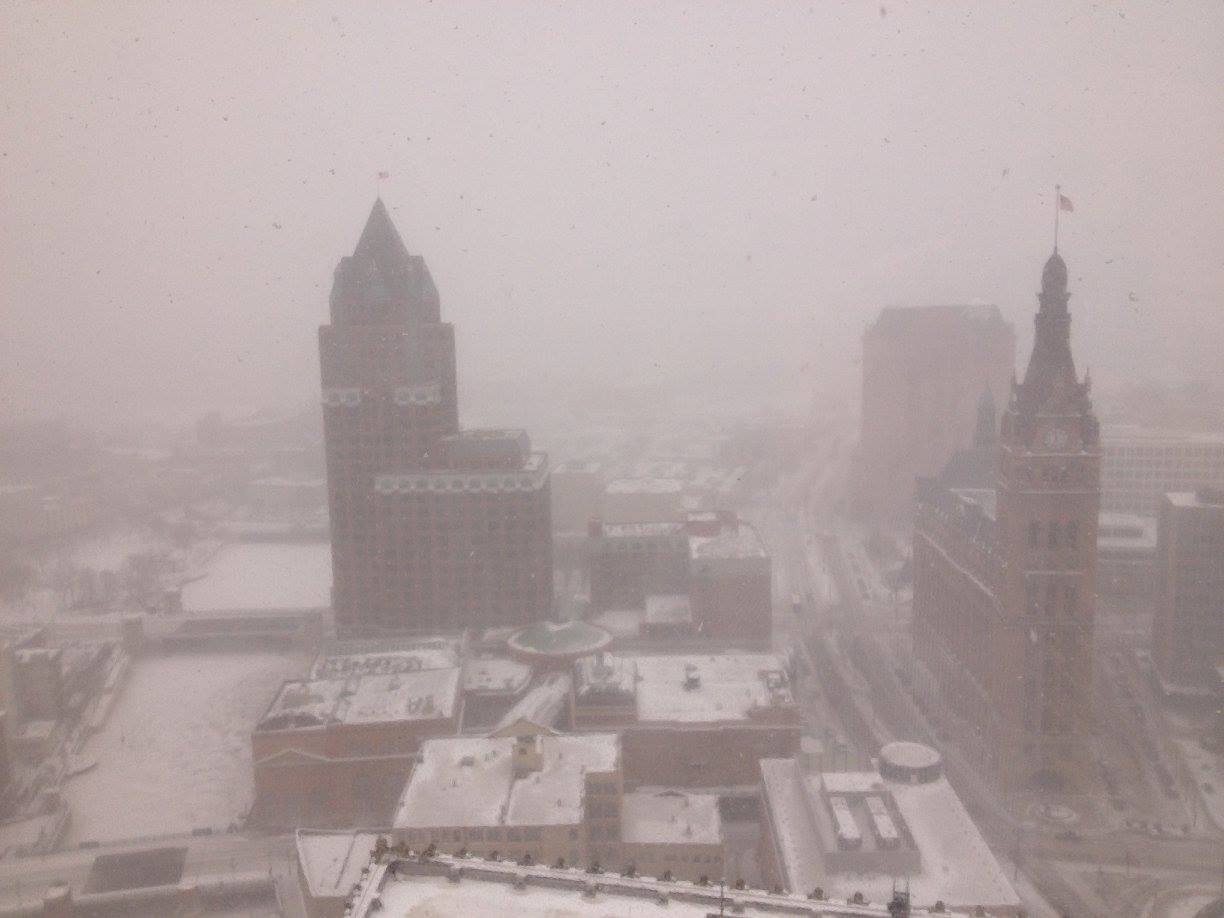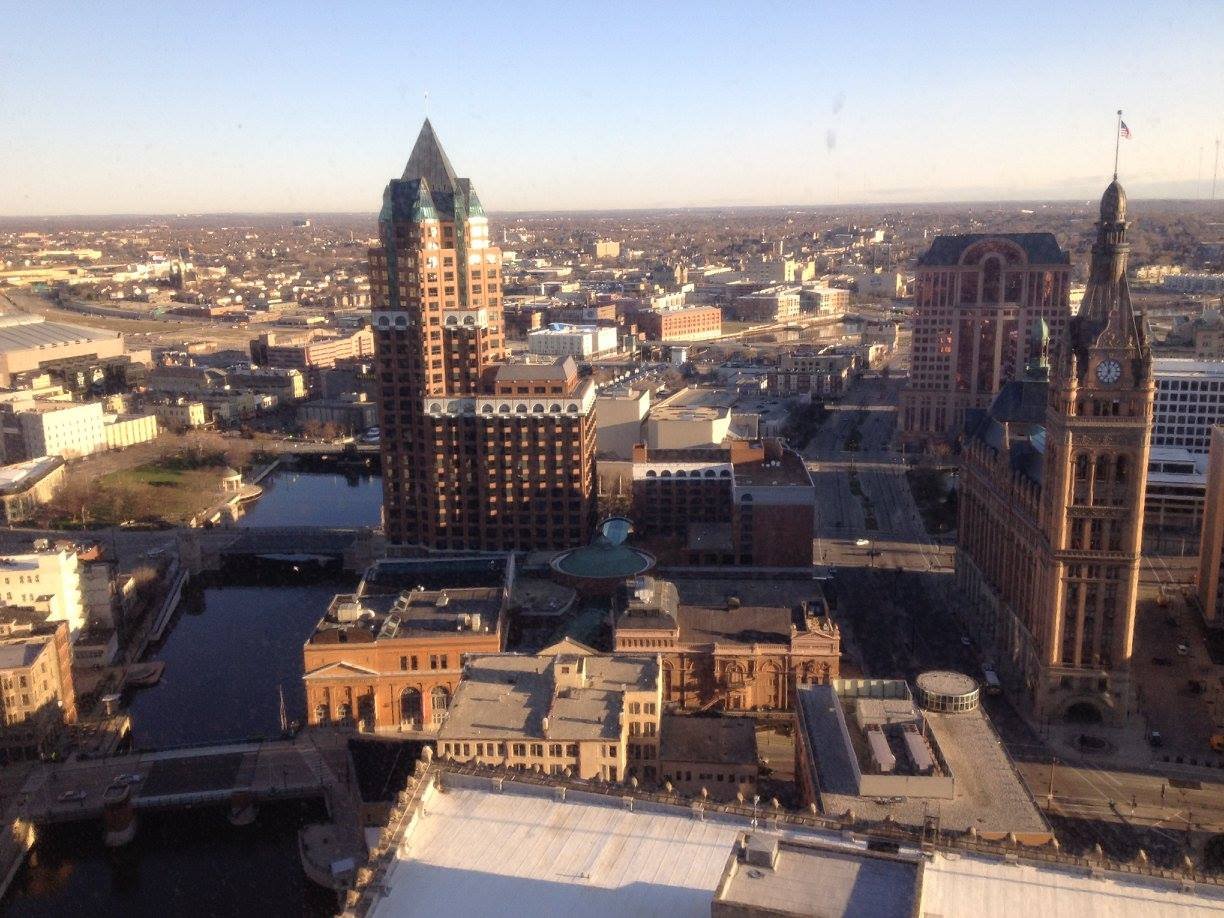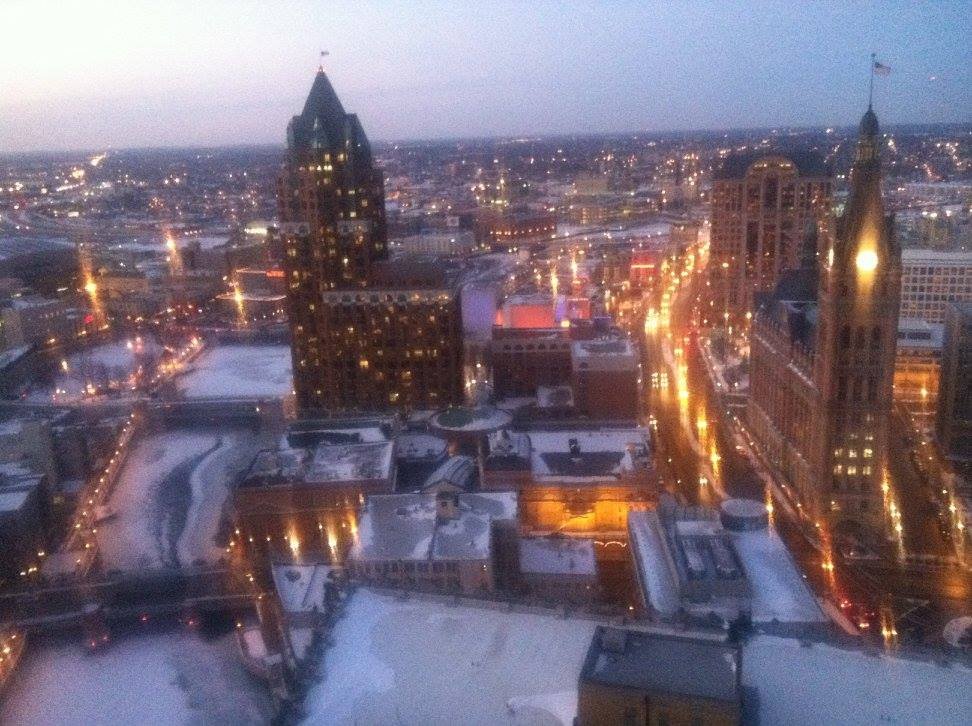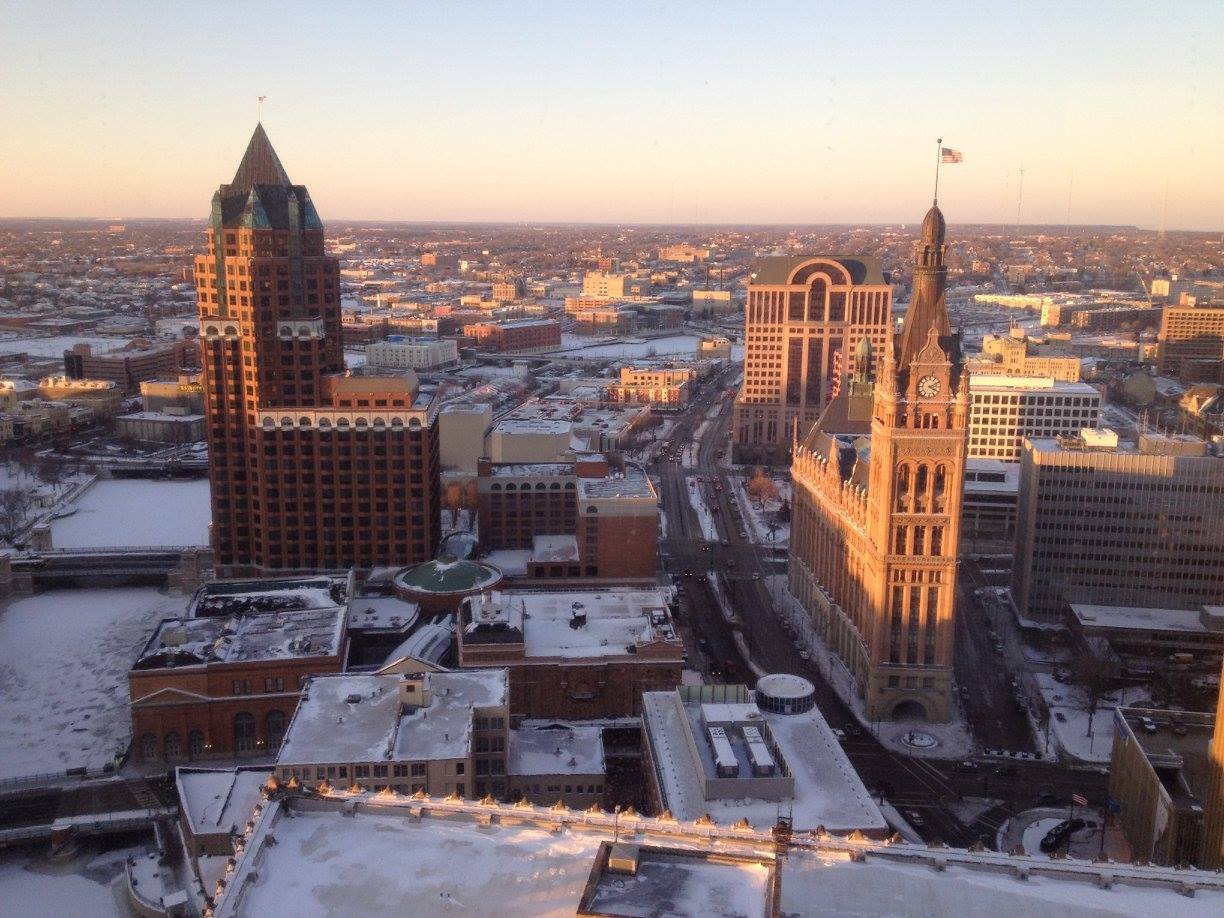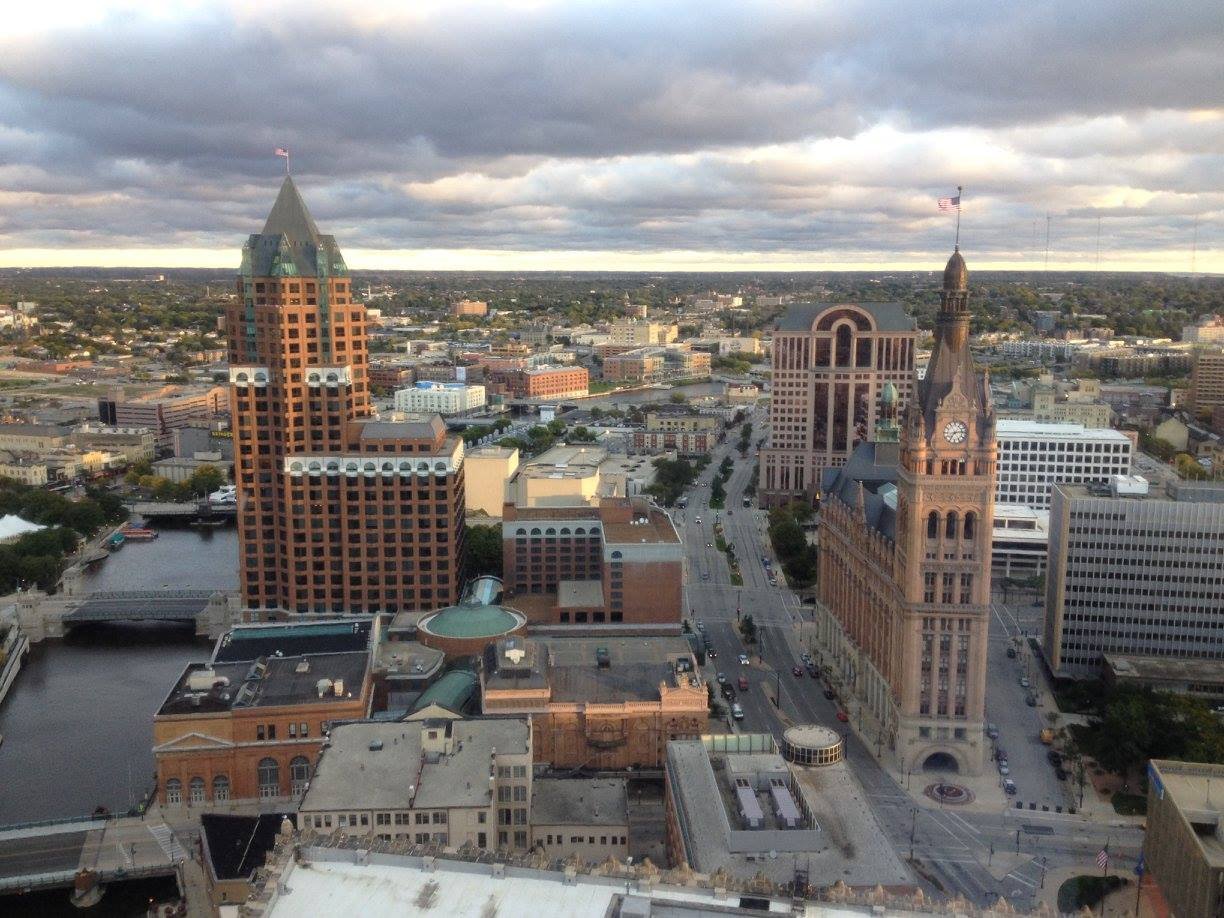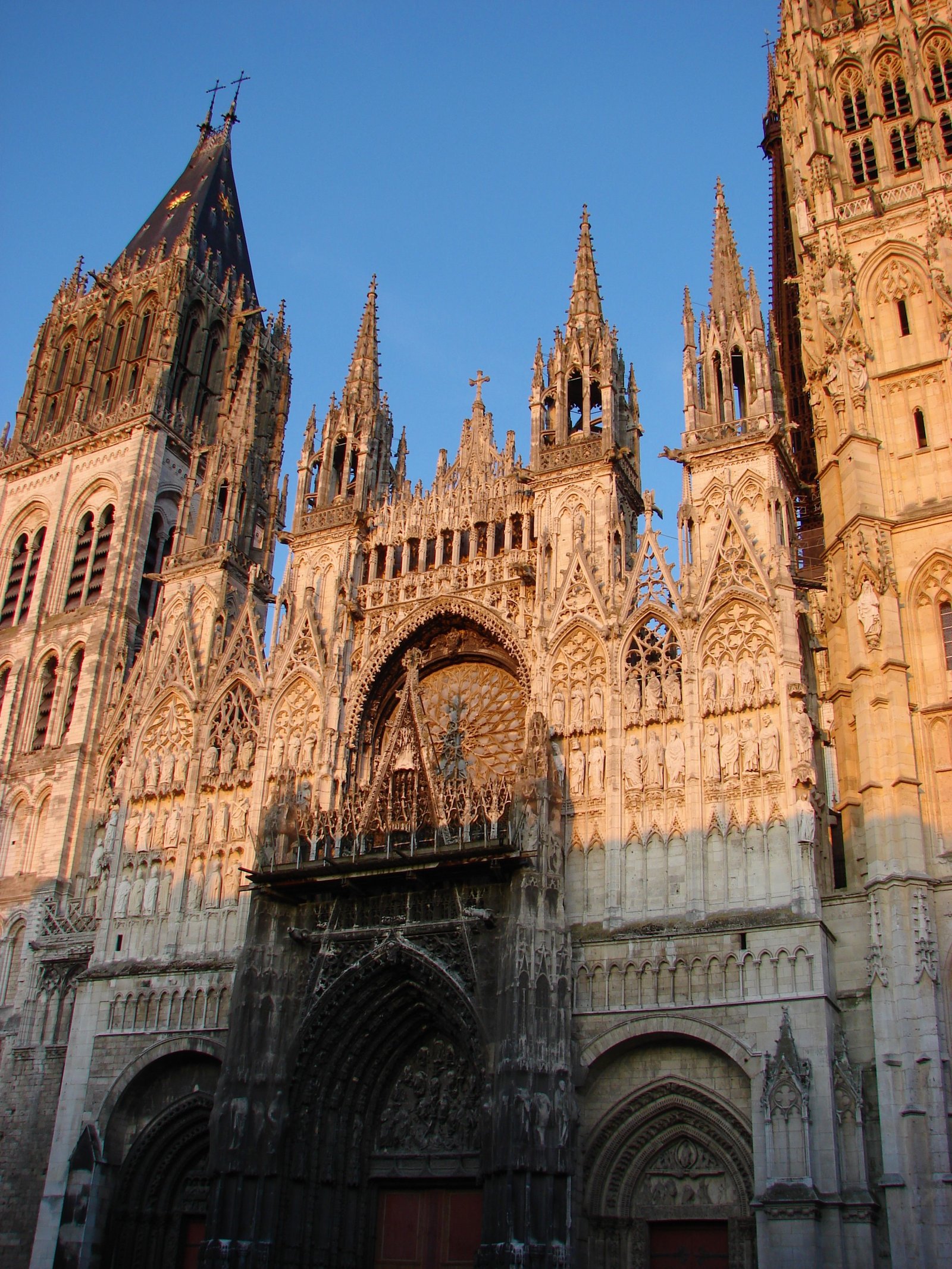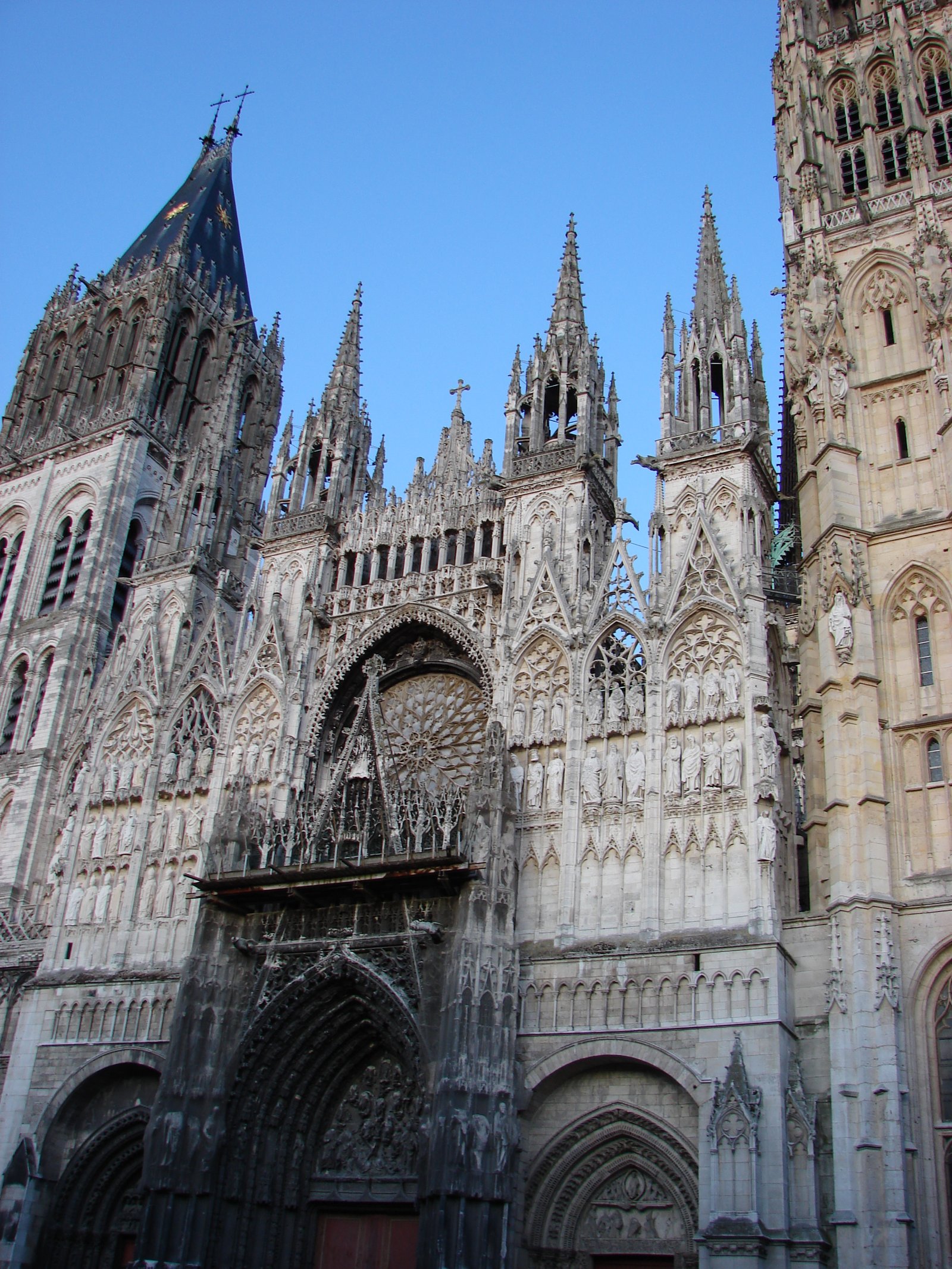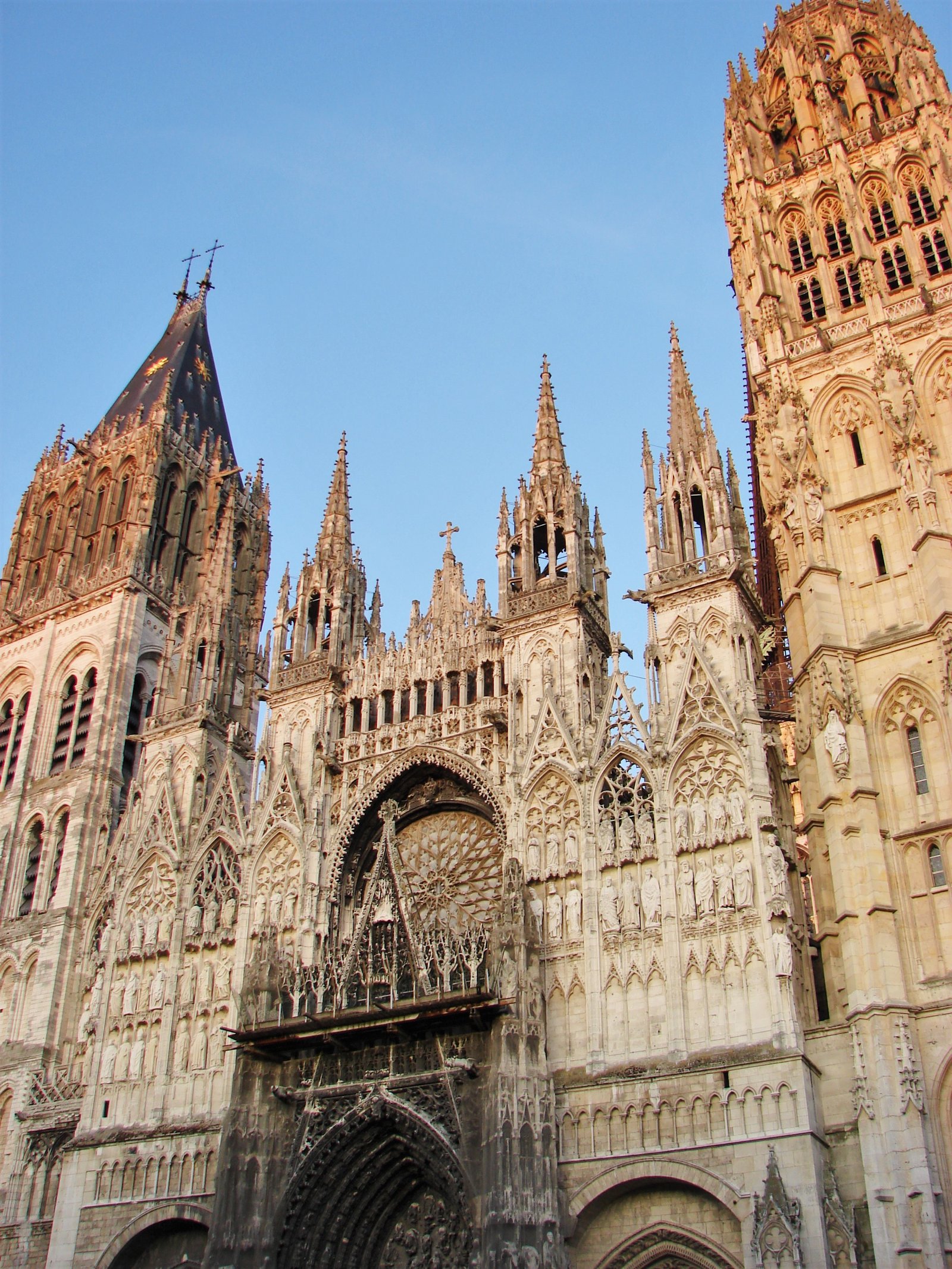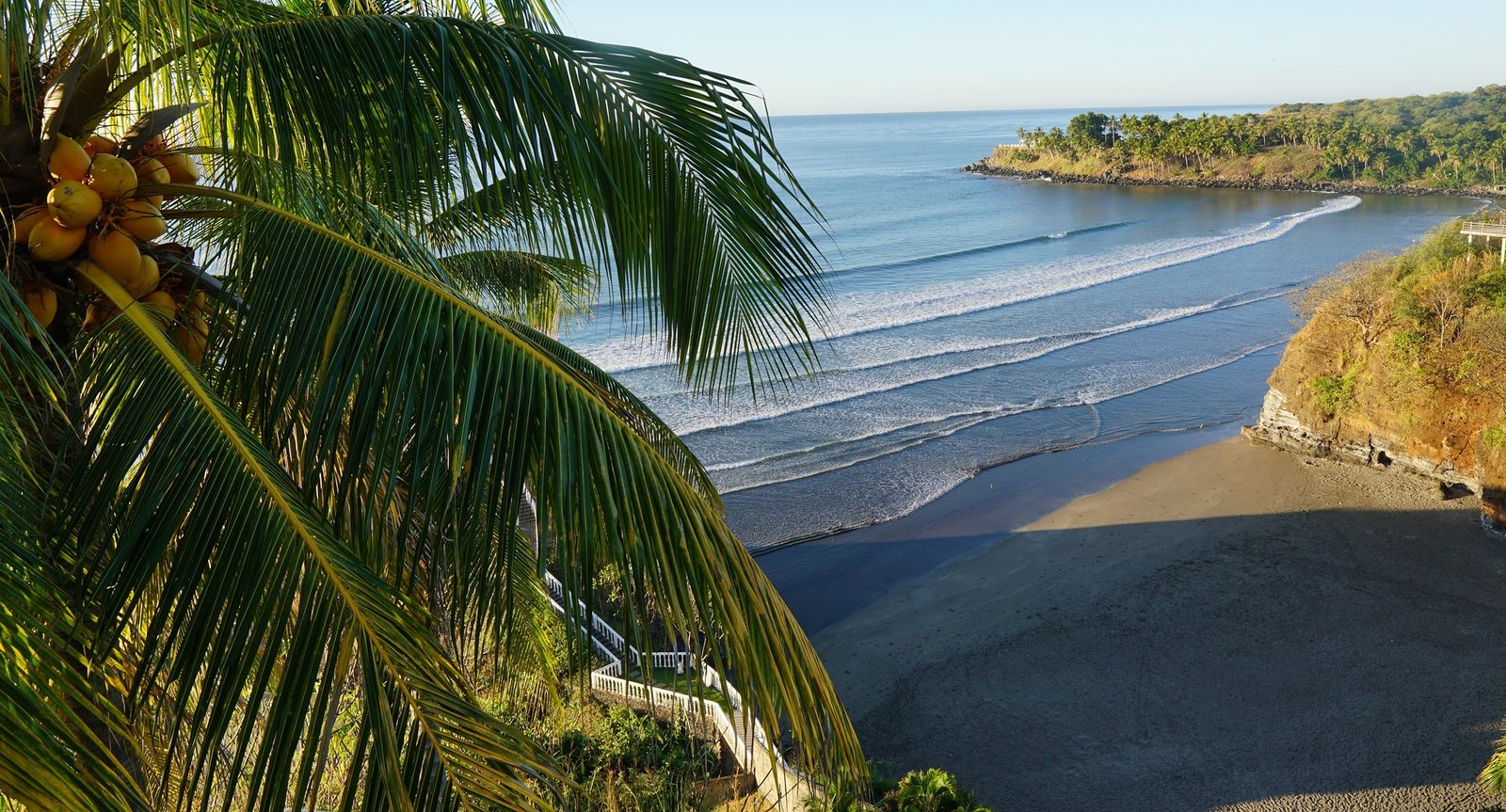In the summer of 2009, we went to France to “chase the light”. When I initially announced plans for the trip, Julia gave me a confused look and asked me to elaborate. I explained that we would start in Paris, visiting as many art museums as possible, and then venture north to track the steps of the most famous Impressionist, Claude Monet. We would visit his house and garden in Giverny and then go to Rouen to admire the cathedral he painted in the series of works, capturing the changing light on the cathedral’s façade.
“Sounds more like a Monet groupies tour,” dryly commented Julia.
She wasn't that far off.
The Monet route was somewhat of an obsession of mine, and I carefully considered many stops for my art lovers' itinerary. What about also going to Argenteuil and Vetheuil, two villages on the Seine River north of Paris, where Monet also lived and worked? Or Honfleur, a port town in Normandy, where teenager Claude took his first steps in painting under the tutelage of a local artist, Eugène Boudin? The cliffs and rock arch of Etretat that Monet also immortalized in his works? Julia had to put her foot down and reason with me that Paris, Giverny, and Rouen were more than enough to get my Monet fix, especially on my very first trip to France.
In Paris, the Monet artworks were in almost every museum we visited. The most iconic, “Sunrise. Impression”, was in the Musée Marmottan. The painting, showing two boats nearly dissolving in the fuzzy light of early morning, gave the art movement its name—Impressionism, even though the work was heavily criticized and ridiculed when Monet painted it in 1874. The de l'Orangerie Museum had monumental canvases of water lilies in two wall-to-ceiling giant oval rooms. And then countless masterpieces at the Musée d'Orsay. Five days in Paris were barely enough to scratch the surface, but it was time to move north. At Gare Saint-Lazare, while waiting for our train, we marveled at the station that Monet also painted on numerous occasions early in his career, depicting trains departing to or arriving from Normandy with the station drowning in billowing clouds of smoke and steam.
After a one-hour train ride, we got off at the Vernon station and took a bus to Giverny. The bus was filled with art enthusiasts like us. Giverny is a lovely village, and it's easy to see why Monet chose it for his house and outdoor studio for nearly 45 years. Visiting the estate is enjoyable even if you have no interest in art. The lily pond and the garden are delightful on their own, even without any references to artworks. However, for those who appreciate Monet’s talent, going to this place is a magical experience as his paintings come alive.
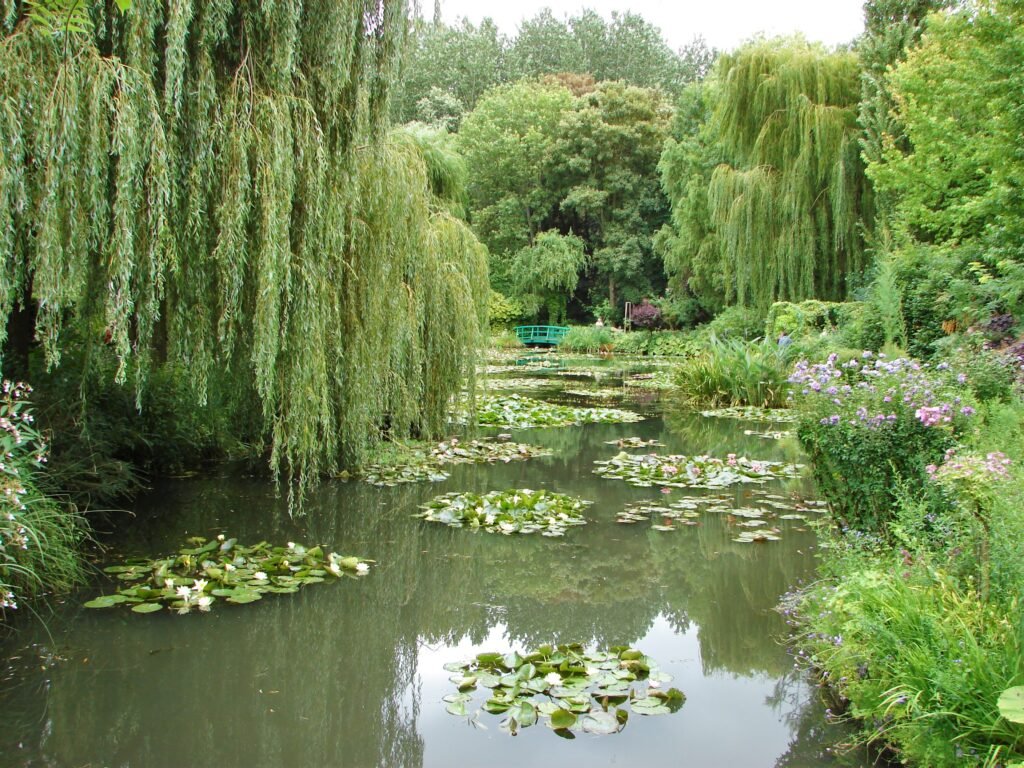
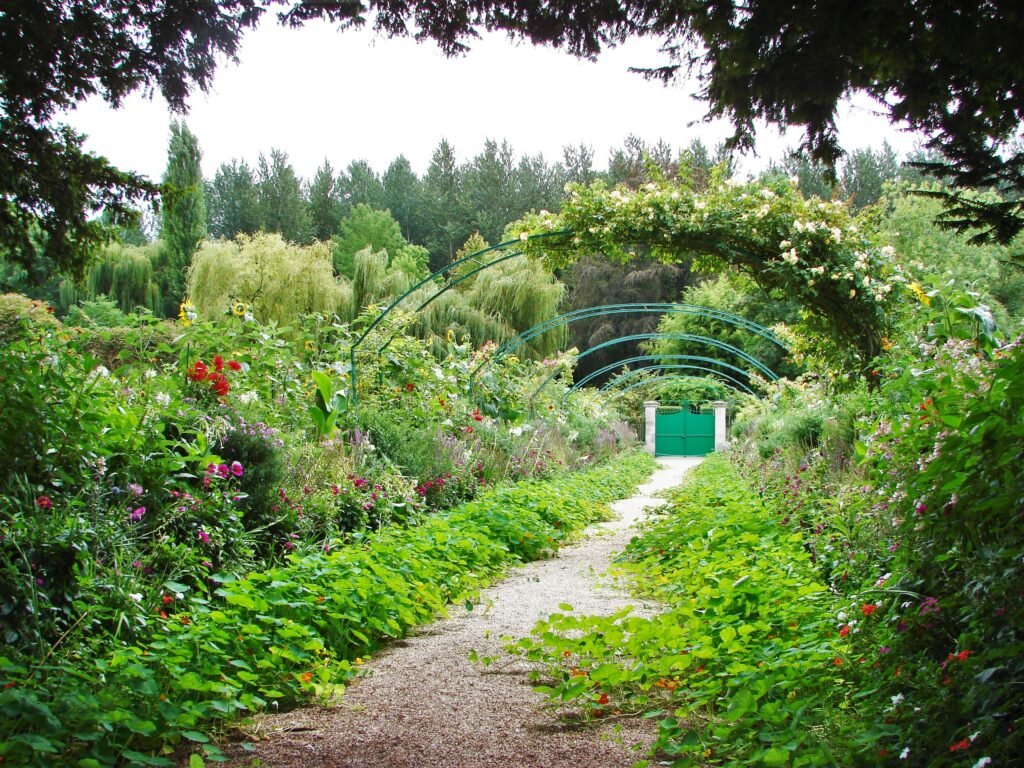
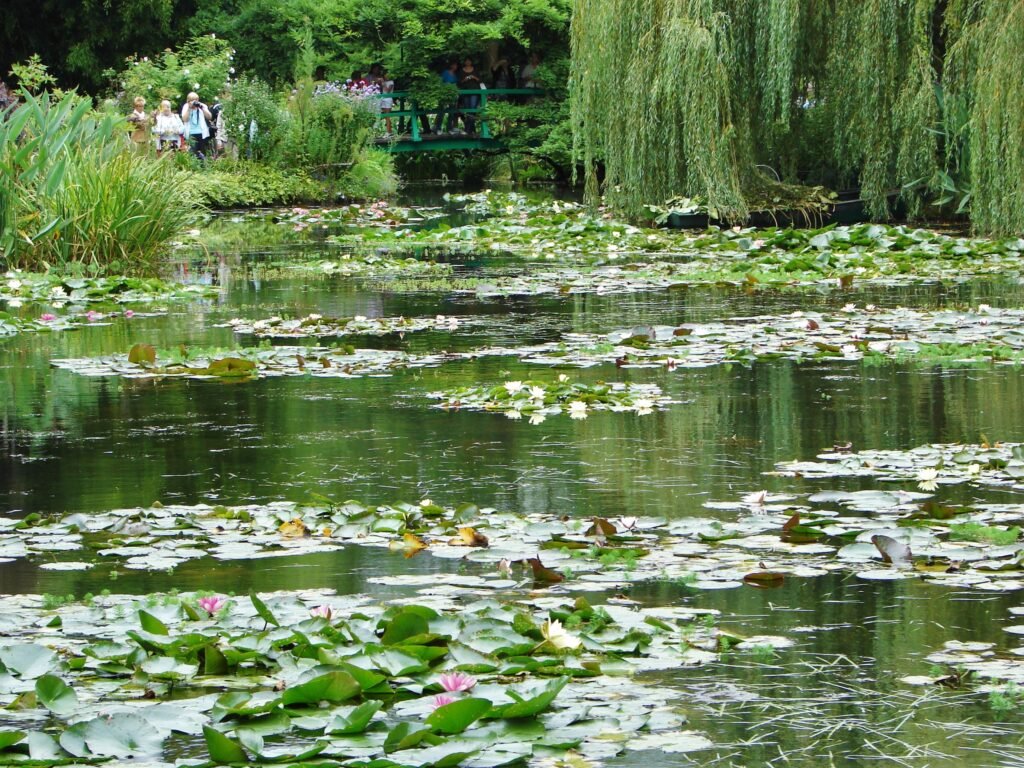
We spent half a day in Giverny, wandering through Monet’s colorful Garden, peeking into his house, and looking at our reflections in the lily pond. We then took a bus back to the train station to continue our journey further north to Rouen, arriving there in the late afternoon.
For most people, Rouen is the place where Joan of Arc was burned at the stake. A giant monument marks the exact spot of the execution. Yet, we came for another landmark – the cathedral.
In 1892, Monet rented an apartment right across from the cathedral and depicted it in a series of works. The theory of the Impressionists was that, after the invention of photography, artists were no longer required to create photographic images of objects or persons they painted. Rather, their job was to go beyond and capture something imperceptible and fluid that cannot be caught by a camera, like the changing light. With the invention of the paint tube in the middle of the 19th century, they were also free to leave their studios, paint outdoors, and … chase the light.
Monet took this theory to heart and painted identical objects outdoors at different times of day and in various seasons. The object itself is irrelevant, but the light that reflects off it is the essence of the painting. The Art Institute of Chicago, with its remarkable collection of Monet’s haystacks, is where the central theme of Impressionism can be easily explained. Another example is the London series, where Monet painted the Houses of Parliament and the Waterloo Bridge at different times of the day, catching the changing hues and colors of London’s fog. The Rouen Cathedral series followed the same idea: the façade of the cathedral structurally remains the same, but it doesn't look the same at different times of the day.

We timed our arrival in Rouen perfectly, turning up at the cathedral square shortly before sunset. For the next 40 minutes, as we stood roughly where Monet rented an apartment in 1892, the shifting sunset light would flicker off the cathedral’s façade, changing the image of the building. We were so mesmerized by this light show that we nearly forgot to take pictures.
Inspired by the views of the Rouen Cathedral, several years later, I started my own Impressionist project. For nearly seven years, the windows of my office faced Milwaukee City Hall. I took pictures of the city early in the morning and late at night, during bright summer days and dreary Wisconsin blizzards. The result is an amazing collection of photographic Impressionism. In some way, I defeated the idea of early Impressionists that you can't capture the light with a camera.
And it makes me wonder, had Claude Monet owned an iPhone in 1892, would we have his masterpieces as we know them or Impressionism at all, for that matter?

